Wholegrain sourdough rye bread is incredible – it has a beautiful rich, deep flavour is and also very nutritious, with high levels of fibre and B vitamins plus all the benefits of sourdough. And, once you understand how rye works, you’ll find that you can make amazing sourdough rye loaves in your own kitchen. This post will deepen your knowledge of rye and talk you through how to make a sourdough rye bread from scratch.
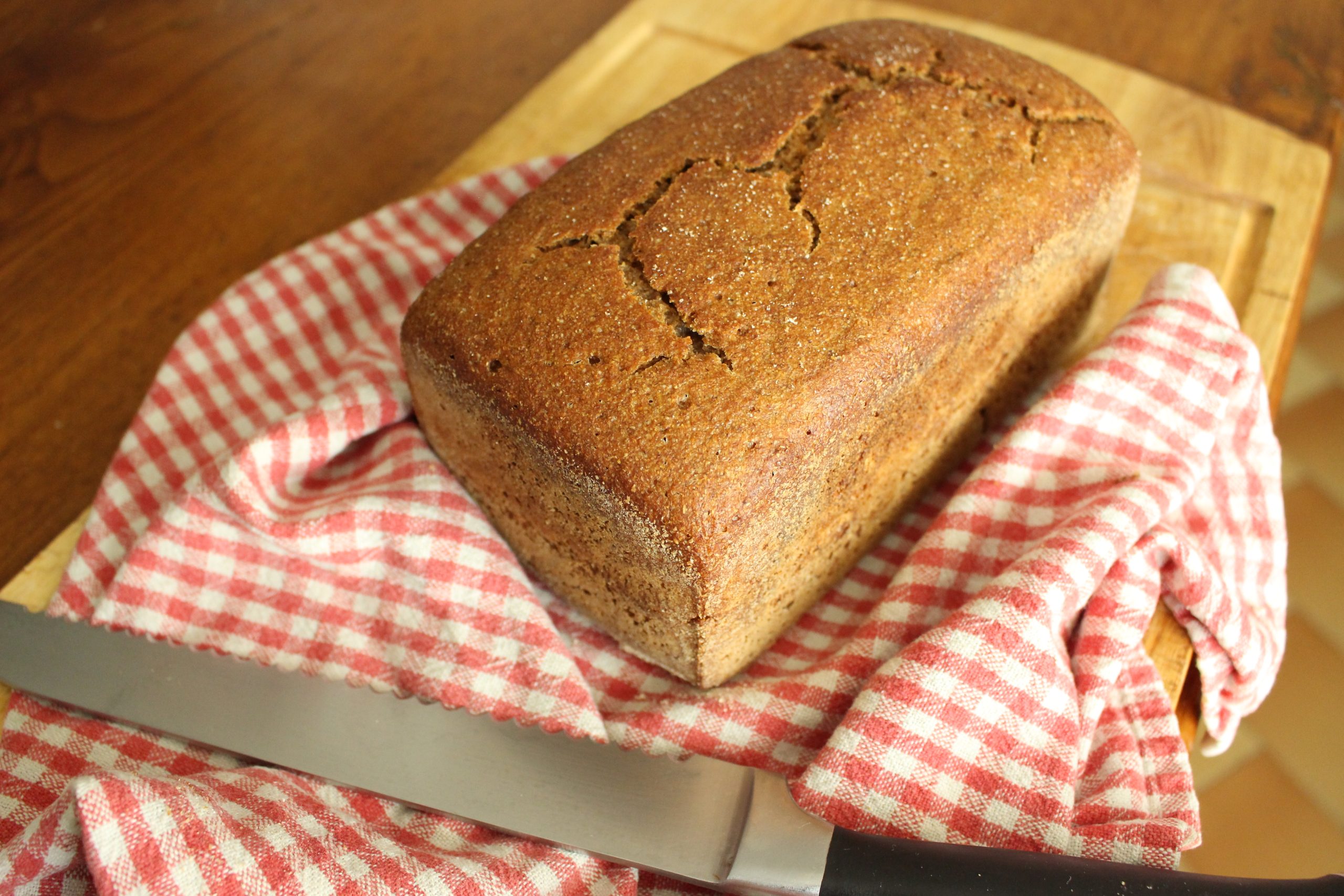
Sourdough rye breads are a staple in my kitchen, made every week. I taught myself the process over a decade ago in order to feed my husband, who has a wheat intolerance. But once I’d tasted home-made sourdough rye myself, I was hooked! Since then I’ve gone on to share my love of baking rye with readers here, on my podcast and with hundreds of students in my course Sourdough Rye Bread: Mastering the Basics.
Why make sourdough rye bread?
I make sourdough rye bread because I love its flavour. But rye has so many more reasons to recommend it:
- Rye is three times lower in gluten than wheat, and the gluten it does contain is of a different nature. This means that those of us who struggle with gluten can often enjoy rye without issues.
- Rye has the highest fibre of all the grains we commonly use in our kitchens.
- Rye is so nutritious – as well as all that fibre it is high in B vitamins and minerals.
Why use wholegrain rye?
All of my sourdough rye breads are made with wholegrain rye. Here’s why I love to use it:
- Including the bran brings so much flavour to the bread; much of the infamous depth of rye (think pumpernickel, rugbrod and all of those German/Eastern European breads) comes from the bran.
- By using the whole grain we are ensuring our cooking is zero waste.
- Most of the fibre content of grains is in the bran; when we include that we get all of the nutrition.

Why make sourdough?
- By using a home-cultured starter (rather than buying a factory-produced yeast) we bring the entire bread-making process into our own kitchens. This is part of taking a stand against our our industrial food system.
- Sourdough brings such wonderful flavours to bread. For rye in particular, the acidity of sourdough matches the robustness of the grain in a wonderful way, creating flavour-heaven!
- In the sourdough process, complex starches are predigested, meaning your tummy has to do less work when it comes to the eating.
What’s important to know about making rye bread
If you’re in the habit of making wheat bread, it’s important to understand that rye is different. Understanding the differences between wheat and rye, when it comes to breadmaking, puts you in a strong position to create wonderful sourdough rye breads. Here’s how I explain it, simply:
Breadmaking with wheat:
When in contact with water, wheat flour produces gluten. This gluten (assisted by kneading) creates a net-like mesh network which traps gases during the fermentation, rising the bread and creating its crumb.
Breadmaking with rye:
When in contact with water, rye flour produces complex carbohydrates called pentosans. These pentosans create a thick starchy gel which traps gases during fermentation, rising the bread and creating its crumb.
At the same time, the rye bread-making process also creates an enzyme called amylase. Amylase breaks down complex carbohydrates into simple sugars. If this happens in your bread, the thick, starchy gel will not be formed and your rye bread will not rise. Amylase cannot survive in an acidic environment hence an important part of the process of making rye bread is to acidify the dough.
You can see me explaining the differences between these two bread-making processes here.
How To Make Sourdough Rye Bread From Scratch
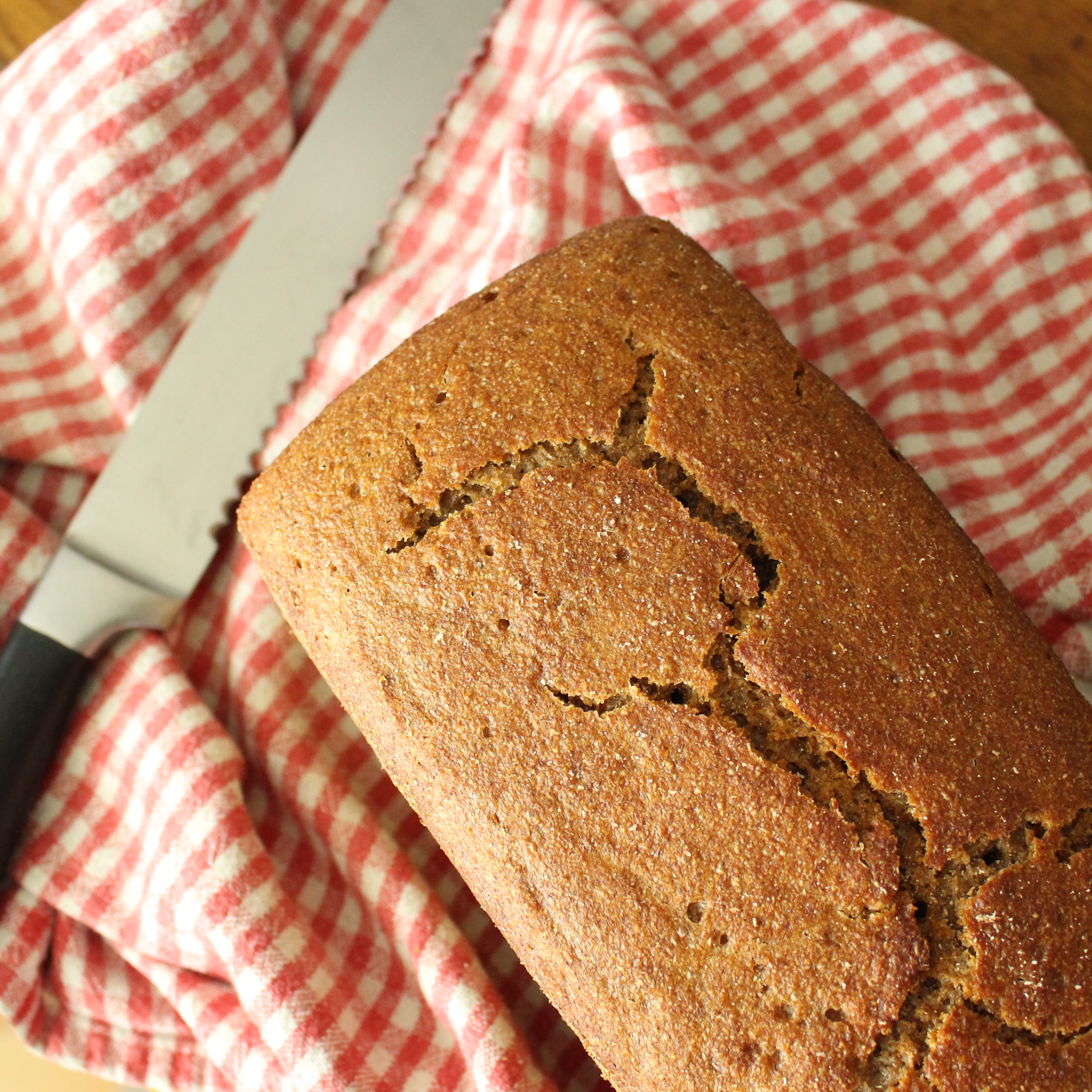
Over years of making 100% wholegrain sourdough rye, I’ve learnt that there are six rules – each of them vital to ending up with a risen, sliceable, delicious bread. They’re important and I want to share them with you here. If you’d like to go straight to my recipe, it’s available as part of my Beginner’s Guide to Wholegrain Rye Sourdough, which you can get, in your inbox, by entering your details below:
1 – Have a strong starter
Having a strong sourdough starter is a vital part of any sourdough bread process.
I recommend making your sourdough starter with wholegrain rye flour, because:
- Rye is a very active flour, naturally containing lots of microbes that will super-charge your ferment.
- Rye hydrates differently to wheat and that results in a sourdough starter that is much easier to maintain (you won’t need to refresh it daily; I attend to mine once a week).
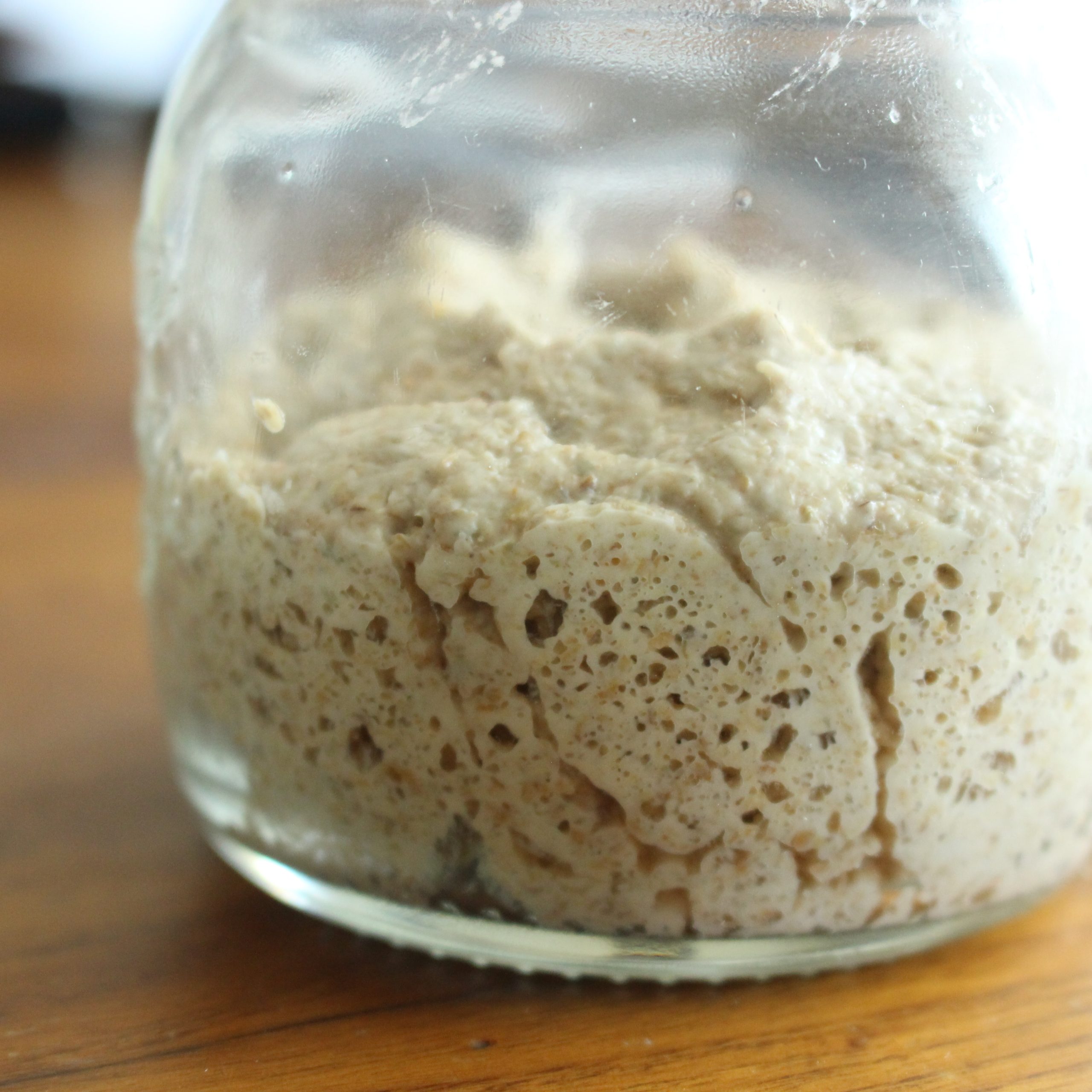
How to switch an existing wheat sourdough starter to rye:
It’s easy to switch an existing wheat flour starter to wholegrain rye. To do this simply start refreshing your sourdough starter with wholegrain rye flour instead of your usual wheat flour. After having done this four or five times they’ll be virtually no wheat flour left in your starter.
If you need help with your sourdough starter, read my blog article explaining how to create and maintain a rye sourdough starter, take a look at my visual guide to sourdough starters or take my pay-what-you-can video course.
If you are concerned about the strength of your sourdough starter, don’t use it to make bread. Be patient and keep working on it until you can see it rising well and consistently.
2 – Use a pre-ferment
To make a good sourdough rye bread utilise a pre-ferment. This helps acidify the dough enough to stop amylase destroying your crumb!
A pre-ferment, simply put, is a very big starter!

With a wheat bread, you mix sourdough starter into your dough. Using a rye pre-ferment, you instead take a sizeable portion of the total flour (usually around 30%), mix it with the sourdough starter and leave it to ferment (usually for 12 hours). When ready, this bubbly pre-ferment is mixed into the remaining ingredients.
3 – Hydrate your loaf well
Wholegrain rye flour is thirsty. Where you may be used to making sourdough breads using a 50 to 60% hydration (a water weight of 50 to 60% of the total flour weight), rye will need more. I often make wholegrain rye bread at a 100% hydration (the same weight of water as flour).
4 – Watch the proof
Once you’ve mixed your active pre-ferment into your remaining ingredients, there’s nothing more to do. Rye bread doesn’t take long to bulk ferment or proof. Make sure you watch the fermentation – it is very easy to leave rye bread too long. Look for a small increase in volume and pinprick holes beginning to appear on the surface of the dough.
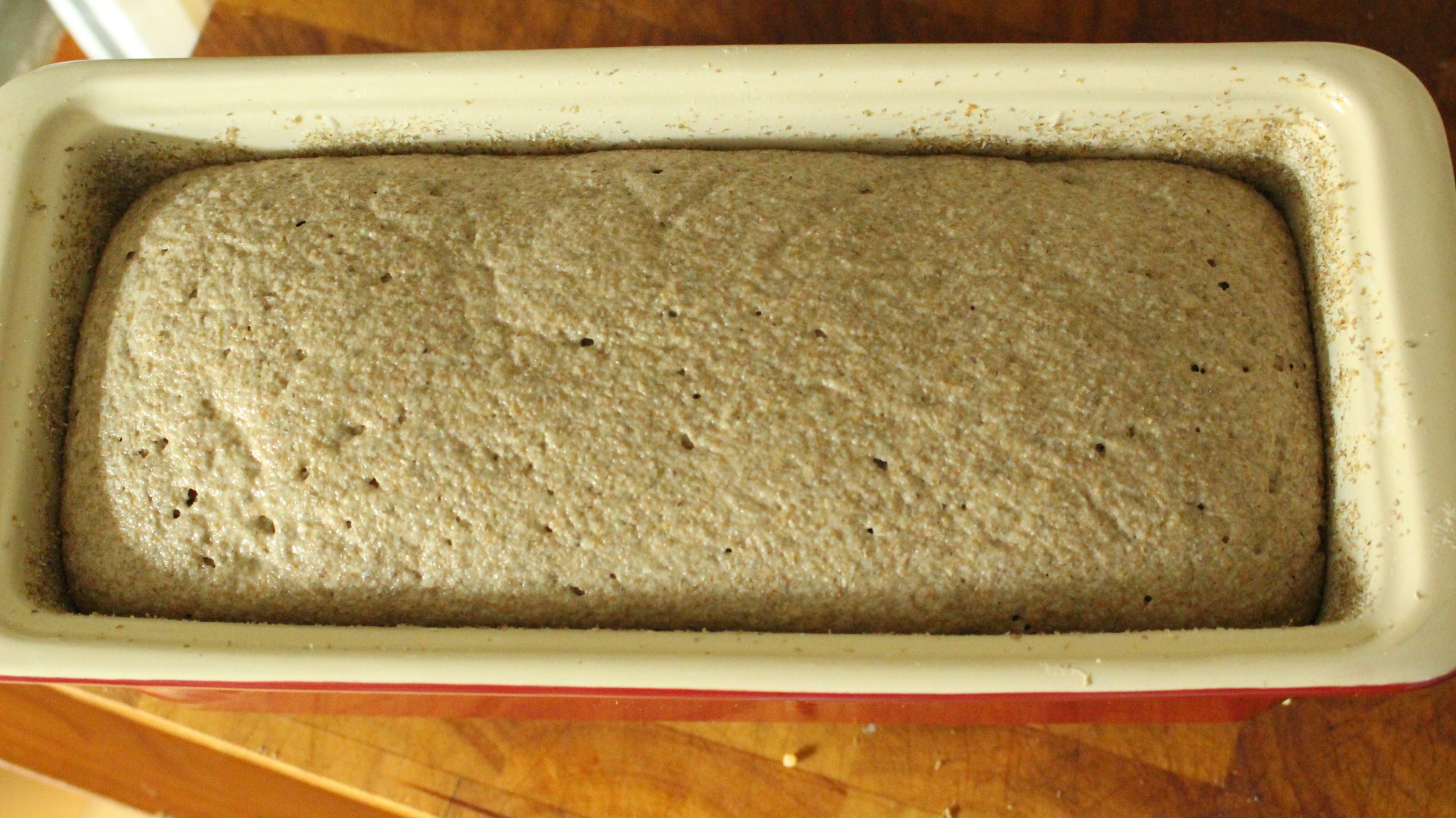
5 – Use a baker and cover the bread in the oven
Rye bakes much better in a bread baker – by that I mean a container of metal, ceramic or glass. Having sides to climb up will help your bread rise and give it a much more pleasing aesthetic. The added bonus here is that, when using a tin of some form, there is no need for you to worry about shaping the bread!
Make sure that you cover the baker whilst the bread is in the oven. If your tin does not have a lid you can craft one from aluminium foil.
6 – Let your bread cool before you enjoy it!
Once your rye bread is cooked (I like to see an internal temperature of 95C/200F or above) remove it from the tin and leave it to cool completely before cutting. Rye bread continues to form its crumb whilst cooling and you will spoil it by trying to cut it while it’s still hot. If you can, wait even longer; rye bread improves when left for a day or two after baking.
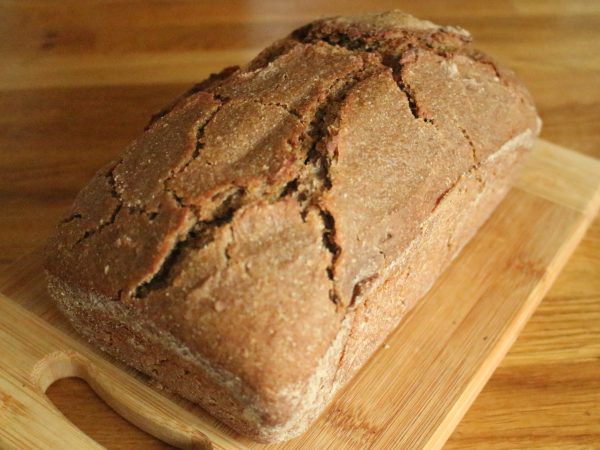
Frequently-Asked Questions:
How do the timings work for this sourdough rye bread method?
Here’s how I make rye bread in my kitchen:
The evening before I want to bake I create a pre-ferment from my active sourdough starter, leaving it to ferment overnight.
The next morning I retrieve the bubbling pre-ferment and mix it into the rest of my ingredients.
I watch this bulk fermentation carefully and, when it is ready, I put the dough into a pan.
I watch the proofing carefully and, when it is ready, I bake the loaf. This is usually around lunchtime.
I leave this loaf to cool fully, not usually cutting it until the next day.
Hence, if I want to bread for lunch on Monday, I begin it with the pre-ferment on Saturday evening, baking it on Sunday.
How should I store my sourdough rye bread?
Sourdough rye bread ages much better than bread made of other grains. In my experience its flavour improves, when left, for up to 5 days. When first cooked, I leave my bread to fully cool on a cooling rack. After the first slicing, I turn it, crumb down, to stand on my breadboard. After this I move it to a metal bread tin which has small air holes and a wooden lid. A fabric bread bag or paper bag is also a good option.
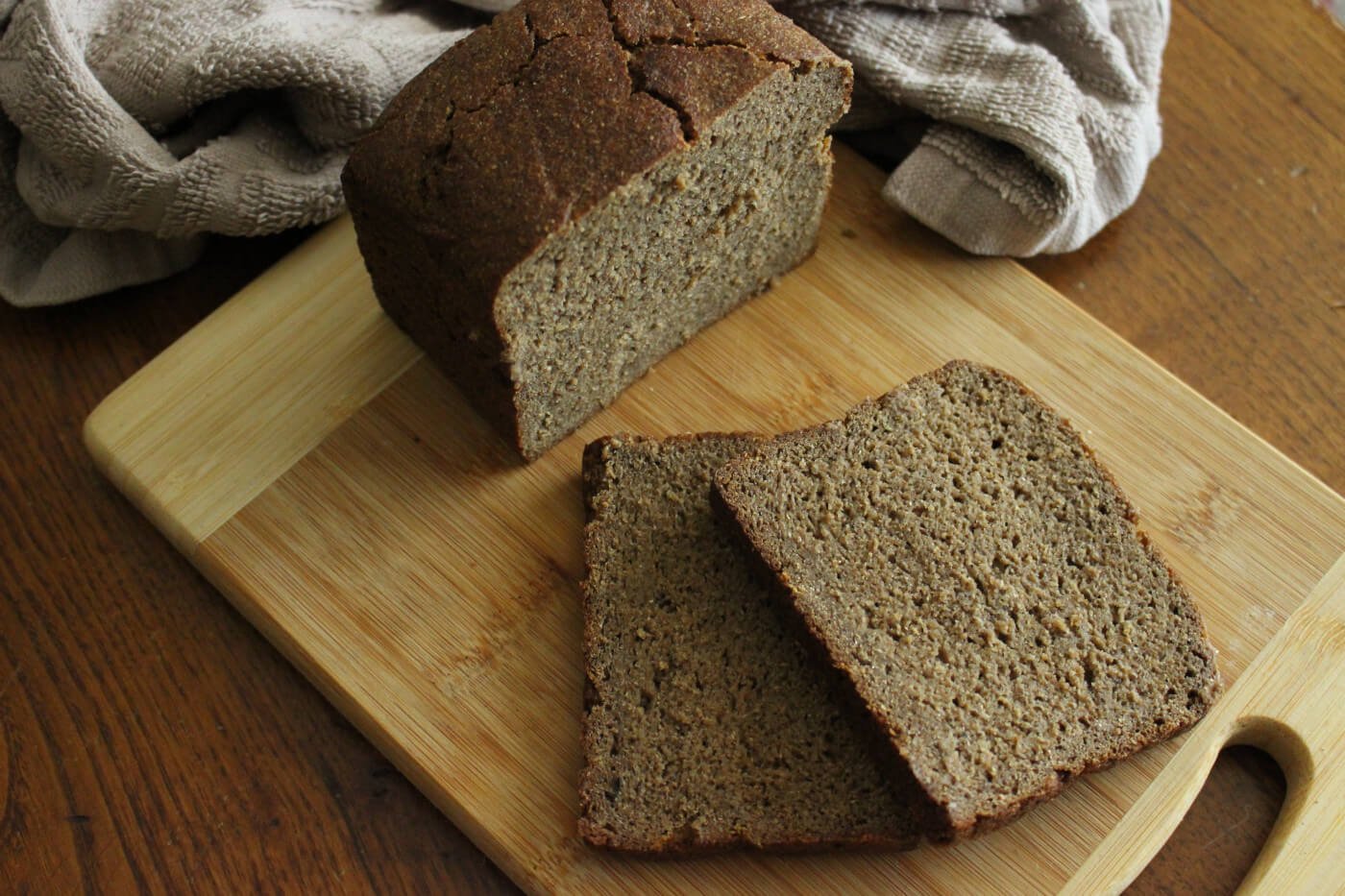
Does sourdough rye bread freeze?
Yes! Sourdough rye bread freezes much better than bread made of other grains. I often cut loaves and freeze one half for weeks at a time or make two loaves in one go, saving one in the freezer for later. Before placing in the freezer, I bag the loaves in a double layer and ensure I expel all the air before closing.
Can I proof my sourdough rye bread in the fridge?
Yes, this is possible. Sometimes, I will mix the pre-ferment into my remaining ingredients in the evening and then immediately place the dough into my fridge. In the morning I remove the dough from the fridge, place it in the pan to proof and bake mid-morning.
Is rye gluten-free?
No, rye is not gluten-free but it contains much less gluten than wheat and the gluten it contains is of a different structure. This means that often, people who have problems with digesting wheat can enjoy rye without issues, especially when it is baked into sourdough. This is what happened to my husband – when I met him 15 years ago he could not eat bread due to a wheat allergy, now he eats sourdough rye bread almost daily without any side-effects.
Can I grind my own flour?
Yes, most definitely, and your bread will be even more incredible if you do! When I started making rye breads I used shop-bought wholegrain rye flour. Some time into my journey, I invested in a Mockmill and I now grind all my wholegrain rye flour from rye berries minutes before I make bread. It is a beautiful process and enhances the flavour (and by enjoyment) of my breads greatly.
My sourdough starter isn’t strong, what can I do?
Keep working on it. There is a lot of information out there on creating sourdough starters and it can be overwhelming. My advice is to find one method/teacher and follow their method exclusively. If you would like my guidance you can read How to Create a Sourdough Starter, follow my visual guide on starters, access my pay-as-you-can video course How to Create and Maintain a Rye Sourdough Starter, and for $5, I have a comprehensive set of guidance in 10 Tips for Creating and Maintaining a Sourdough Starter over at The Fermentation School.
Do I need to refresh my starter the night before I make bread?
If you want your starter to be the most active it can be, it’s best to refresh it 12 hours before you make the pre-ferment. I’ve found that, my starter, after a decade of care, does not need this and I use sourdough starter straight from the fridge when making my pre-ferment.
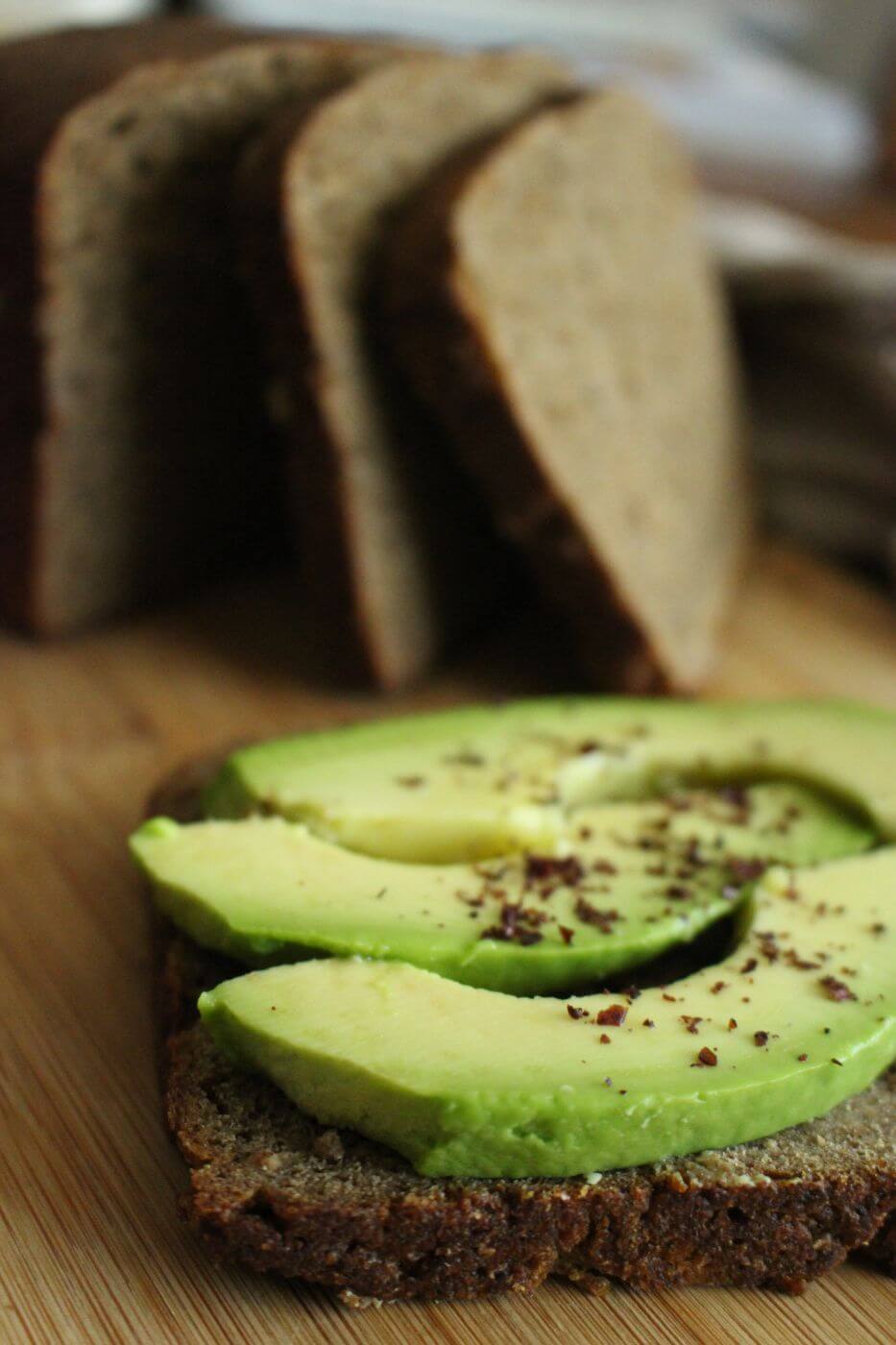
I want to start now! Can I get your assistance in making wholegrain sourdough rye bread?
Yes. You can start by downloading my free 30-page guide, Baking with Ancient Grains, which includes a comprehensive recipe for sourdough rye bread. My podcast episode on rye sourdough bread will also help. You can have me guide you, virtually through the whole process in my course Rye Sourdough Bread: Mastering the Basics and if you’d like 1:1 time, there’s the option of Sourdough mentoring – I currently offer two packages, a get-going and a trouble-shooting.
To get your copy of The Beginner’s Guide to Wholegrain Rye Sourdough Bread enter you details below:
You might also like:
Differences Between Bread-Making With Wheat And Rye
Ancestral Kitchen Podcast: Rye Sourdough Bread: Mastering the Basics
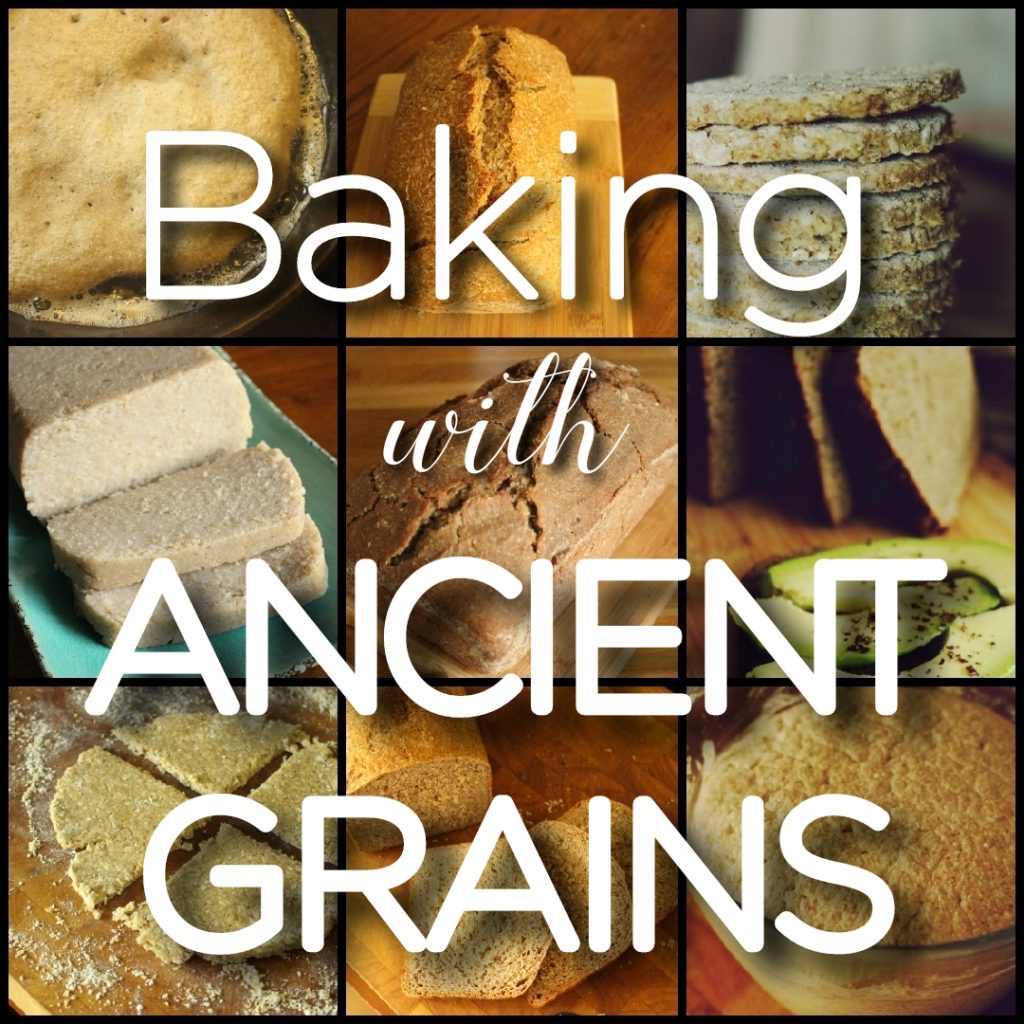
Bring ancient grain baking into your kitchen!
Download my free 30-page guide with five healthy and tasty 100% ancient grains recipes.
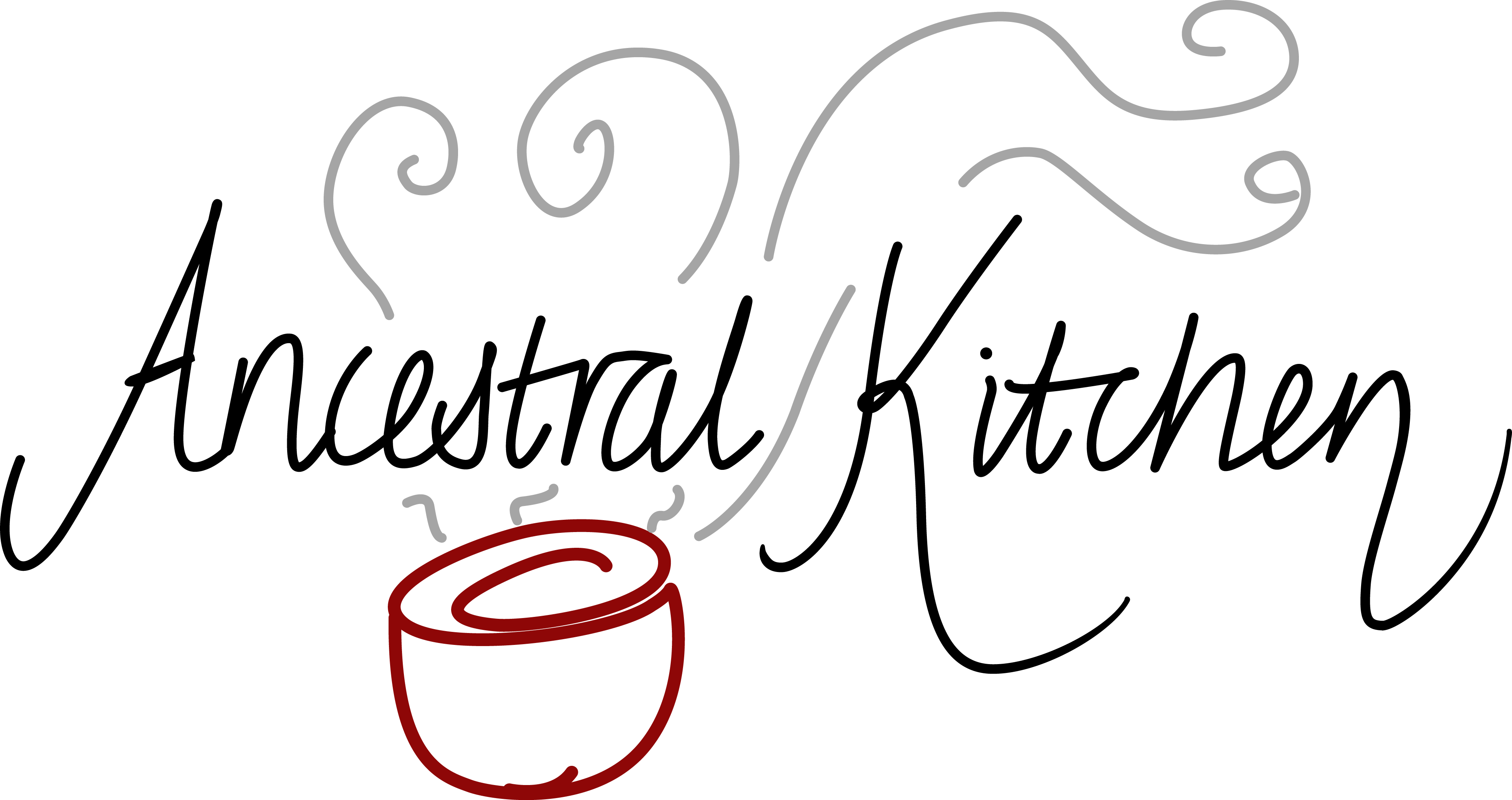

I finally made proper sourdough rye. Thank you, thank you! Used the recipe in the Ancient Grains e-book. In the past, I followed bloggers’ recipes here in the U.S. where they were treating it like a wheat bread, it was a mess. I always ended up with a small, dense brick that was under cooked in the center. At least I could use if for Kvac. But it was so frustrating. Using the recipe in the e-book, my first loaf came out great! Large, fully cooked and tasty. I used Bob’s Red Mill Whole Grain Rye, my rye starter, and a glass loaf pan with tinfoil cover. I thought the center was undercooked as the color in the center was different on the top after baking but I held off cutting for 24 hours and all was well. I guess I am really chuffed, if that is the right word!
Yes, chuffed is the right word 😉 Thank you for commenting, this is so great to hear. Rye is such a great grain…it just needs handling properly. Well done on seeing it through, I hope you enjoy the bread.